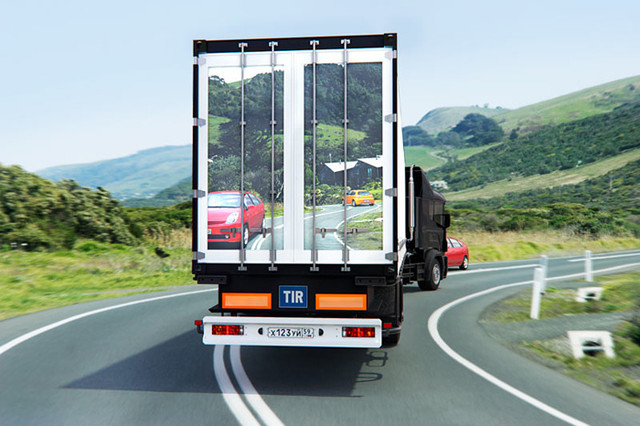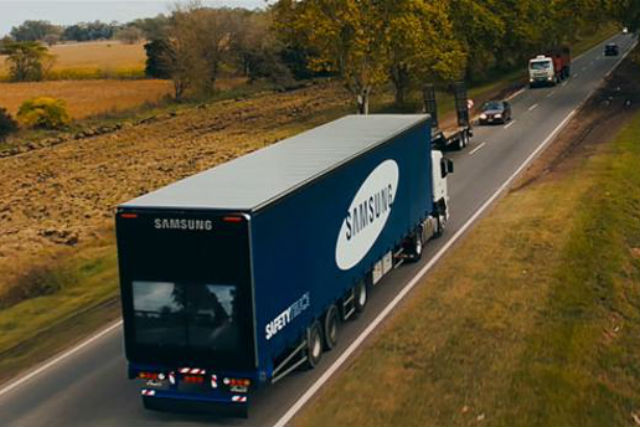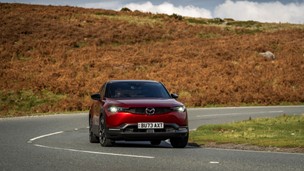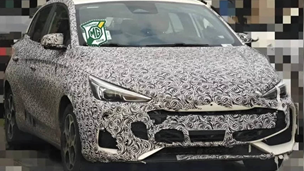Late last month, Korean tech giant unveiled its new 'Safety Truck' concept, which aims to make overtaking larger vehicles safer for drivers.
It’s an idea that’s remarkably simple: stick a camera on the front of a lorry and then hook it up to a screen on the back to effectively render the truck ‘transparent’ and allow drivers behind to see a clearer picture of the road ahead.
On paper, it seems like the sort of lightbulb moment that makes perfect sense, but therefore also begs the question of why it hasn’t been done before. Well, technically, it has.
Back in 2009, Moscow-based design house Art Lebdevev created Transparentius, a concept that’s essentially exactly the same in both form and function to Samsung’s Safety Truck idea.
The problem for Transparentius was there was no indication of whether or not the technology would work in low light environments, in adverse weather conditions or whether it could cope with glare from the sun.

Luckily for Samsung, the company has had years of experience with outdoor applications, having supplied technology for everything from bus stop adverts to the massive screens in Times Square.
Specific details of how it works haven’t yet been released, but given that the Safety Truck has already passed initial testing in Argentina and Samsung is seeking regulatory approval, it’s obvious the company is confident.
That said, even if Samsung is confident that the technology can work on the roads, is it economically viable on the sort of scale needed to affect the high number of fatal collisions involving lorries that originally inspired it?
A camera might be easy and cheap enough to install in the bumper of a lorry, but with four large displays per vehicle, it’s easy to see how the Safety Truck would be a major investment, particularly with no real financial benefit involved.
Would Samsung really foot the bill out of the goodness of its heart, or could the LCD display screens see the introduction of display advertising like has already cropped up on many British taxis to recoup costs?
On top of that is the question of if it’s actually all that safe after all; sticking a massive screen on the back of a truck might seem cool, but could it just end up being even more distracting?

Questions have already been raised as to whether it could encourage impatient drivers to attempt even riskier manoeuvres, and, while it could help reduce accidents, drivers still have to judge speed and distance, etc.
Likewise, the Argentinian accident statistics which inspired the Safety Truck mainly take place on two-lane roads, but it mightn’t have much use on dual carriageways or motorways, while image quality could also been a concern.
So is there a better way? The introduction of Vehicle-to-Vehicle (V2V) communication systems, which are quickly gaining traction and expected to arrive on cars next year, could be the answer.
Using Wi-Fi to beam information regarding position, direction and speed from car to car, V2V systems can issue alerts about unsafe driving before it even happens by analysing the behaviour of drivers around you.
As a result, V2V can’t just see past trucks, it can also see around blind corners, through walls and even alert you to collisions several cars ahead and could offer a much more realistic and viable alternative to the Safety Truck concept.
Still, it has to be said, if cool points alone were a deciding factor, we reckon the idea of a giant see-through lorry just about clinches it…



